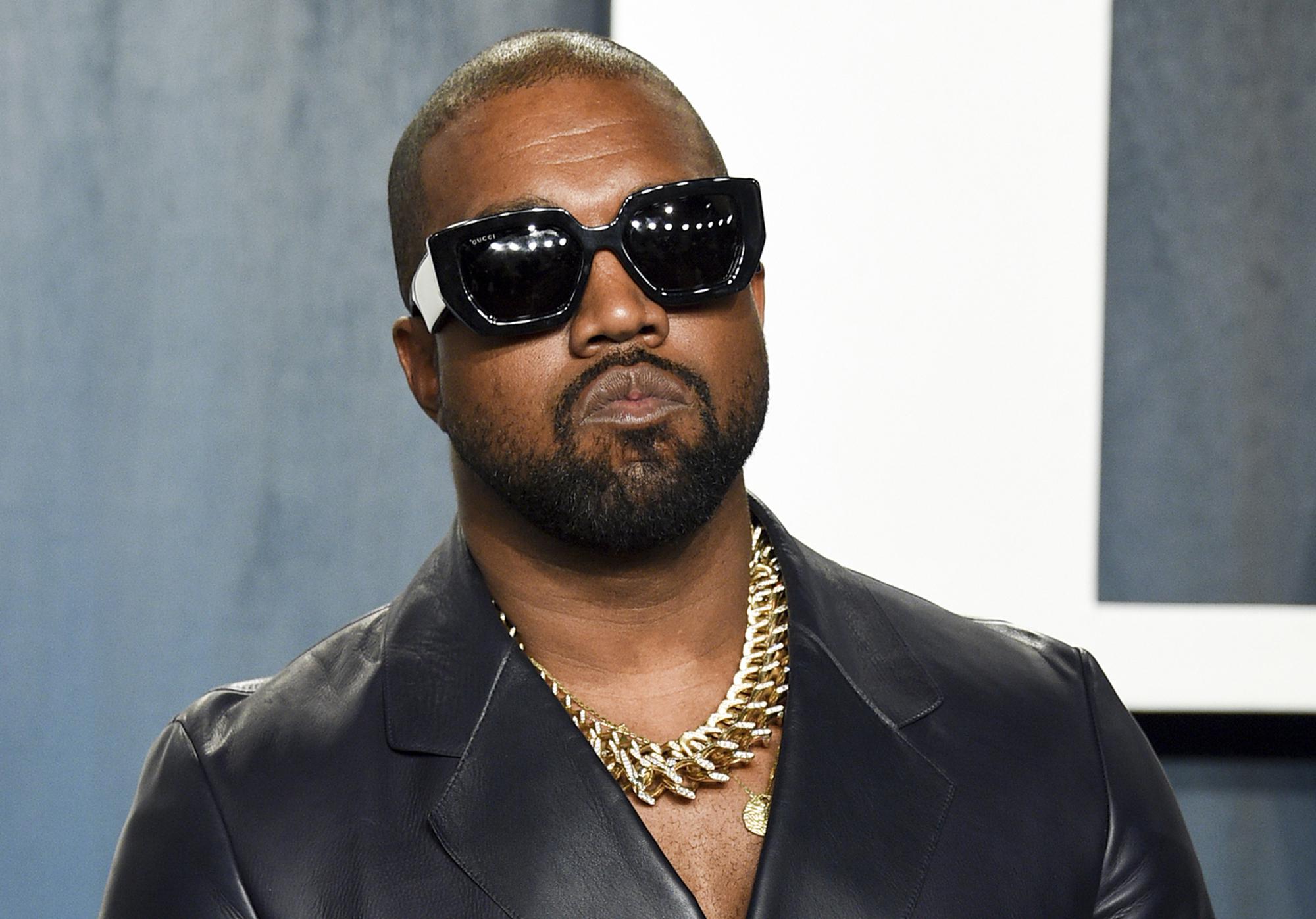Today, November 24, the tenth month of Russia’s war of aggression against Ukraine begins, and its end is not yet in sight. Despite the Kremlin gossip and tactical maneuvers that have been circulating for months about the conflicts between the elites, nothing should hide the fact that President Vladimir Putin is abiding by his essential political demands. Since the beginning of the negotiations, the lord of the Kremlin has shown no willingness to take Ukraine’s proposals seriously. Rather, peace negotiations have always served him as a diplomatic fig leaf for the implementation of the political goals of the invasion of Ukraine, which he described as a “special military operation”.
Alexander Dubowy is a researcher in international relations and security policy with a focus on Eastern Europe, Russia and the CIS region.
– © Prokofief
The West must not let itself be deceived by the apparent willingness to dialogue. The Russian leadership desperately needs a longer lull in the fighting. Peace negotiations would give Putin the opportunity to stabilize his power system and bring the influential representatives of the “War Party” into close internal political ties. At the same time, the Kremlin would seek to use the lull to supply and equip hard-pressed Russian troops and prepare for offensive operations in eastern and southern Ukraine. The deals between Moscow and Tehran to build kamikaze drones provide strong circumstantial evidence of the Kremlin’s potential war plans.
However welcome a conflict freeze and a return to the negotiating table may be, these measures alone will not lead to a lasting solution to the conflict. Without sustainable security guarantees for Ukraine, hostilities could soon flare up again. However, it is seriously doubtful that the West will accept far-reaching security guarantees.
In the event of a new conflict, one of Ukraine’s main demands will likely be the establishment of a no-fly zone. In theory, this is an effective, low-cost, low-risk way to protect civilians compared to a ground operation. However, a practical implementation is hardly imaginable. A no-fly zone would mean NATO’s entry into the war and would certainly be interpreted by Russia as a declaration of war. The security of NATO forces could not be ensured, including due to the anti-aircraft systems stationed on the territory of Russia and the Republic of Belarus, which would first have to be eliminated. A resolution of the United Nations Security Council, necessary for the juridically correct establishment of a no-fly zone, is not foreseeable, given the safe veto by Russia and China. For the reasons mentioned, NATO has rigorously rejected the establishment of a no-fly zone since the beginning of the current phase of the war.
Unfortunately, in this context, an early peace seems far from achievable or even foreseeable.


